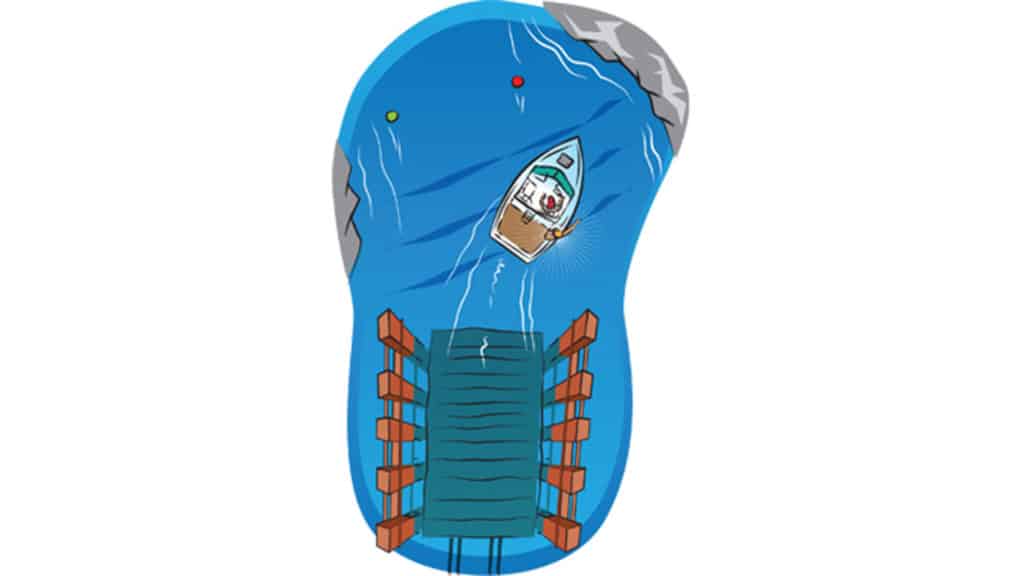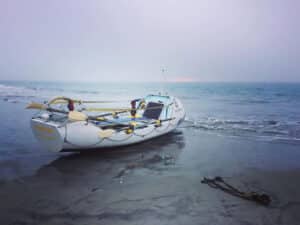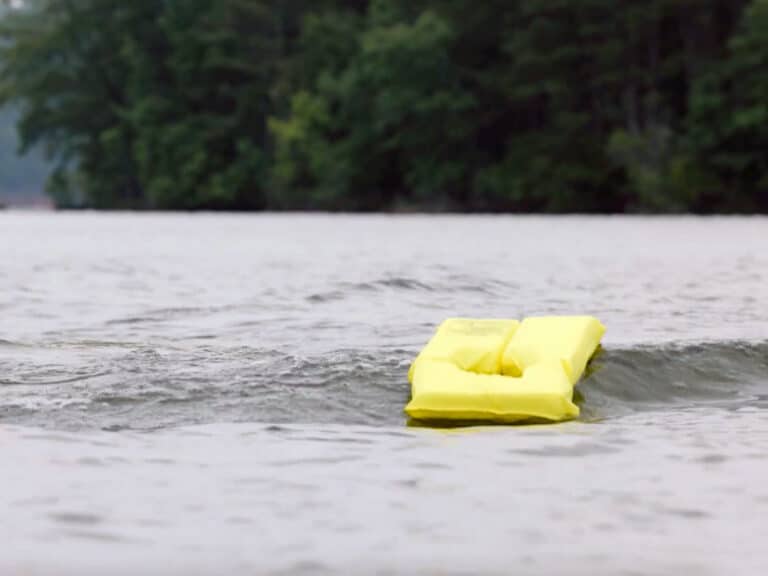
Dockside Confessional: Reversal of Fortune
It was the last day of our cruise on the Trent-Severn Waterway. We’d spent the night tied to the dock at the Big Chute Marine Railway and were first in line to be hoisted onto the slings, lifted from the water and carried over the bank on the rail car.
Whenever we pass through locks or approach a dock, my wife takes the helm while I tend to deck duties. After being dropped back into the water at the downstream side of the railway, I spent a few minutes stowing the lines and fenders I’d deployed in anticipation of the lift. We were well past the lock and headed for the open water by the time I returned to the wheelhouse to take my turn at the helm. As my wife headed for the galley to freshen up her coffee, I made a slight course adjustment to put the approaching red marker on the port side.
The marker was maybe 100 yards away when my wife returned with a fresh mug. She glanced forward and yelled: “Watch out! You’re out of the channel.” The marker was right where I wanted it, but I also knew to trust her judgment and immediately throttled back. It’s a good thing because it turned out I was headed right for a nasty rock ledge that lurked just outside the channel.
“The marks changed at the lock,” she explained. After days of putting the greens to starboard on our downstream passage of the Severn River, we’d passed into Georgian Bay and back to the Great Lakes buoyage system. Even without referring to the charts, I’d probably have noticed the change if I’d been at the helm when coming out of the lock instead of stowing the lines. My wife assumed I knew about the change. I assumed nothing had changed. We barely avoided an expensive lesson on the consequences of assumptions.
The Confessor Replies
Kudos for having the good sense to throttle back and double-check — and for listening to your wife. There’s a reason why, even after hundreds of passages on the same waterway, professional captains and harbor pilots still refer to their paper and electronic charts and make careful note of any updates or changes listed in the Notice to Mariners. Channel junctions and other transition zones deserve extra attention. When navigating in an area where channels converge, colors alone may not provide sufficient clues to the identity of a mark. If your route from Georgian Bay took you to Parry Sound by way of the small craft channel, you no doubt noted the differences between the bouyage of this route and that of the main shipping track.
The U.S. Coast Guard is asking all boat owners and operators to help reduce fatalities, injuries, property damage, and associated healthcare costs related to recreational boating accidents by taking personal responsibility for their own safety and the safety of their passengers. Essential steps include: wearing a life jacket at all times and requiring passengers to do the same; never boating under the influence (BUI); successfully completing a boating safety course; and getting a Vessel Safety Check (VSC) annually from local U.S. Coast Guard Auxiliary, United States Power Squadrons(r), or your state boating agency’s Vessel Examiners. The U.S. Coast Guard reminds all boaters to “Boat Responsibly!” For more tips on boating safety, visit www.uscgboating.org.








